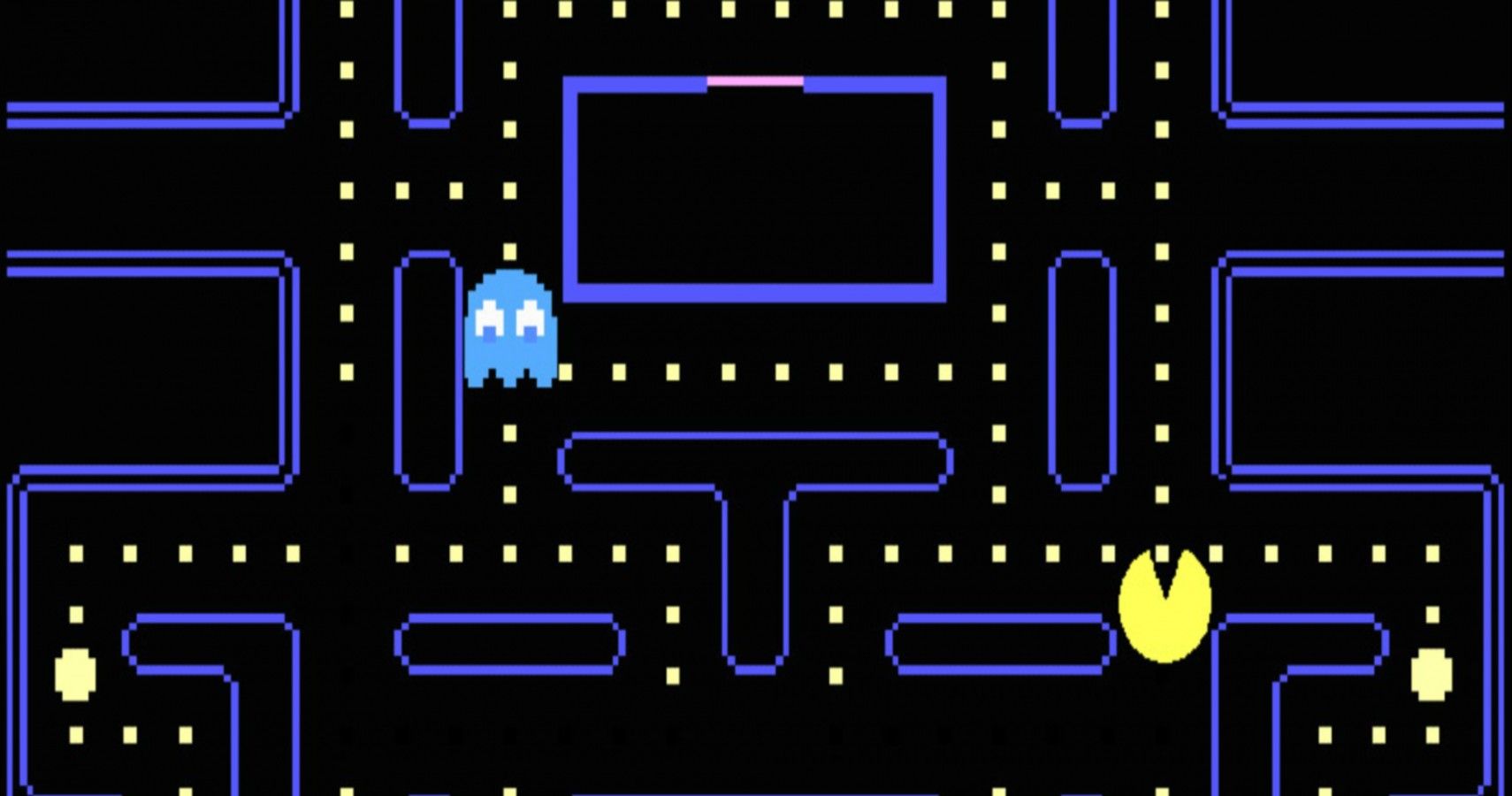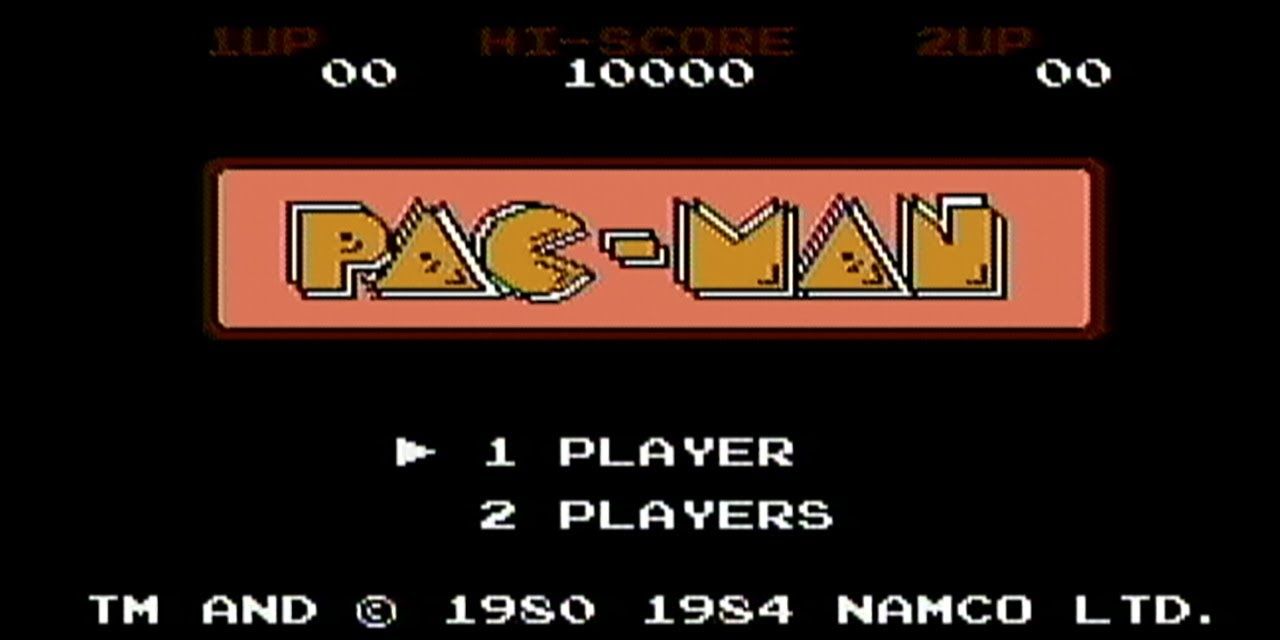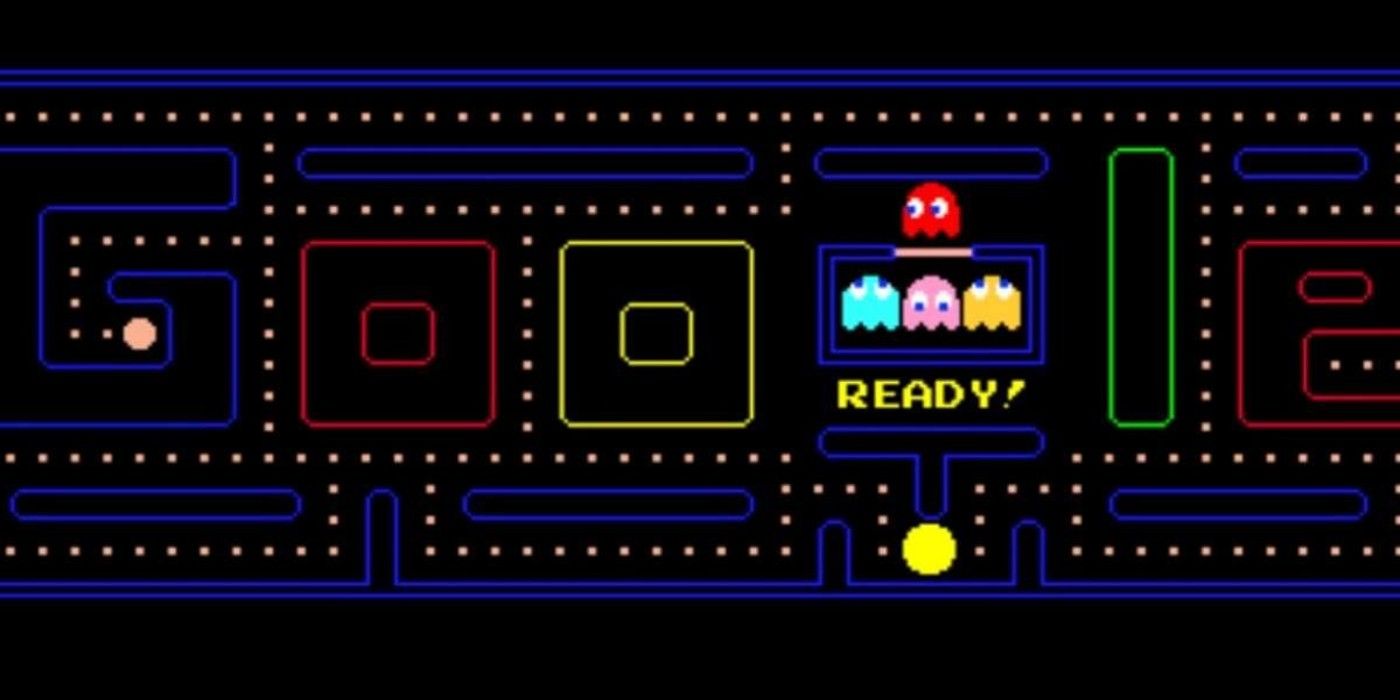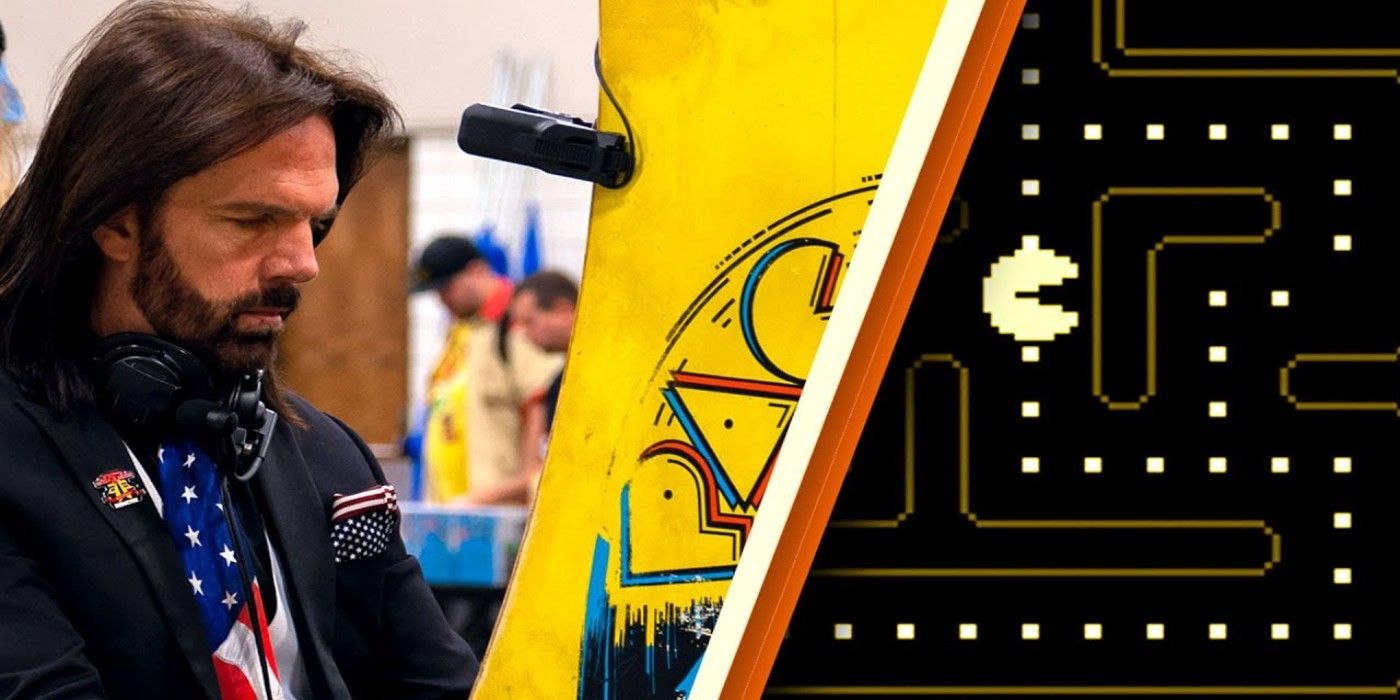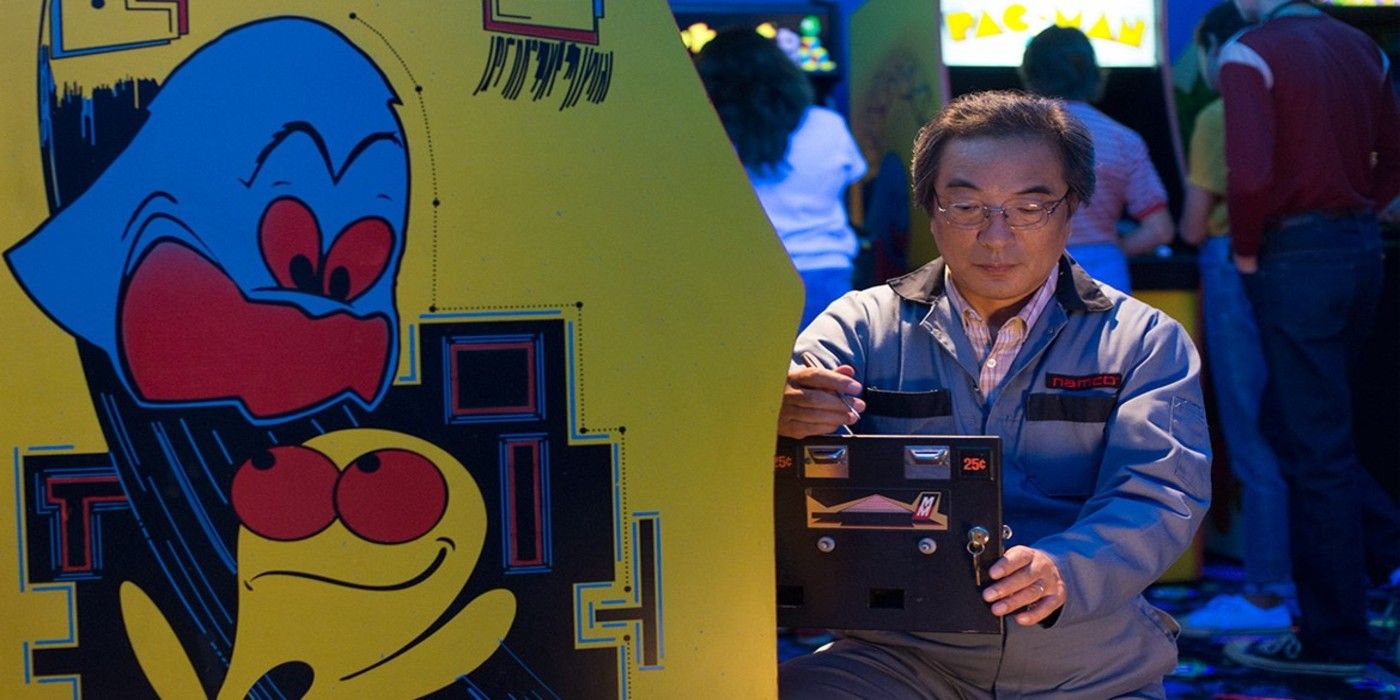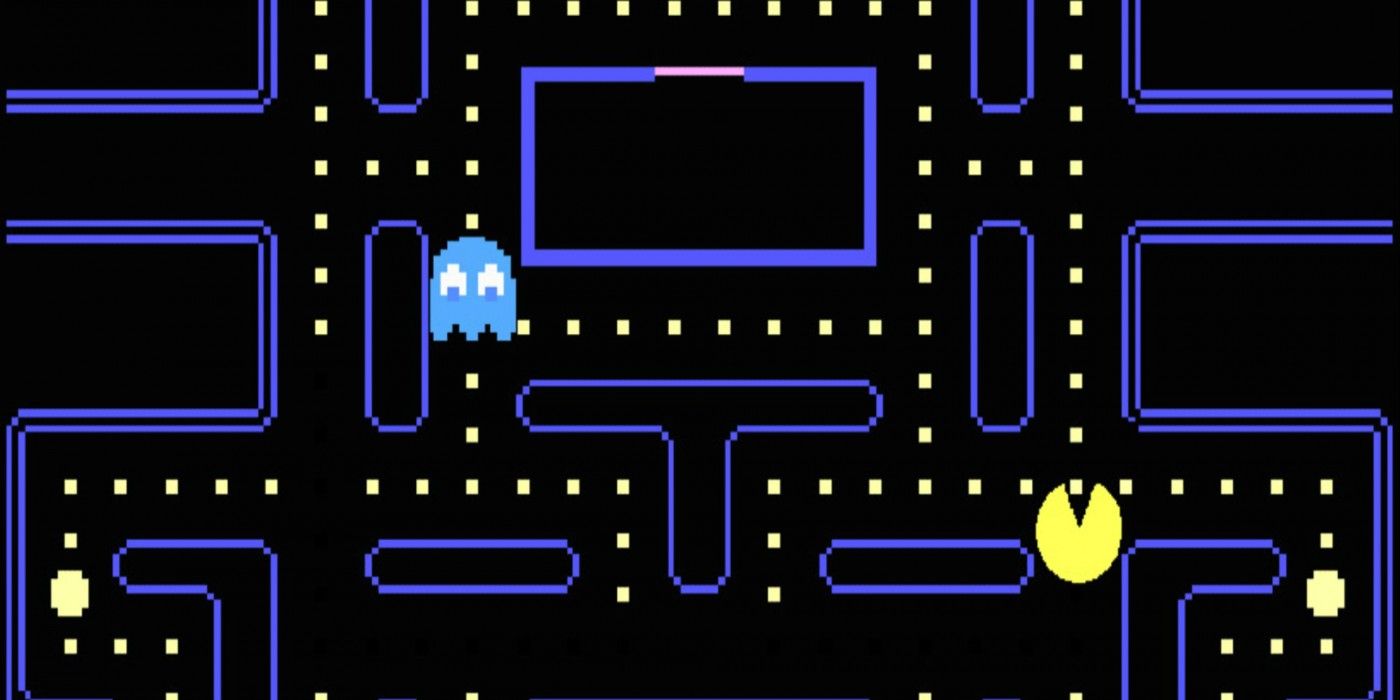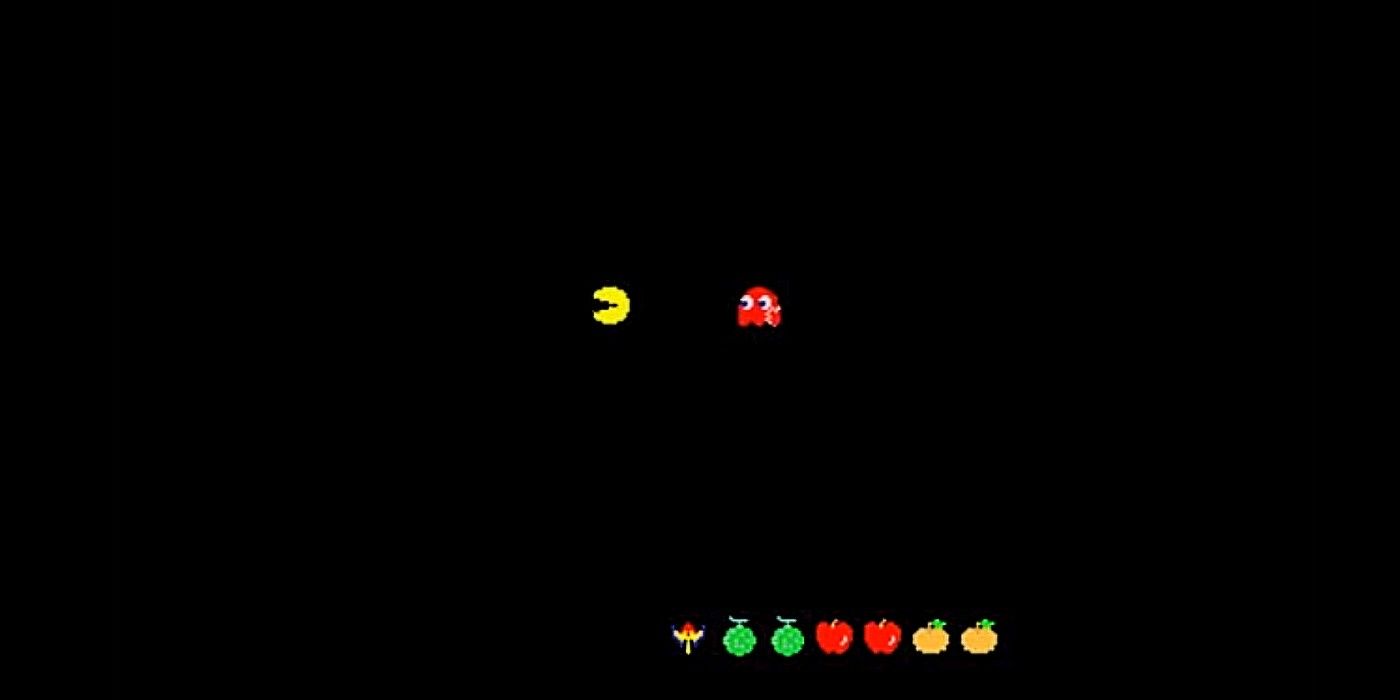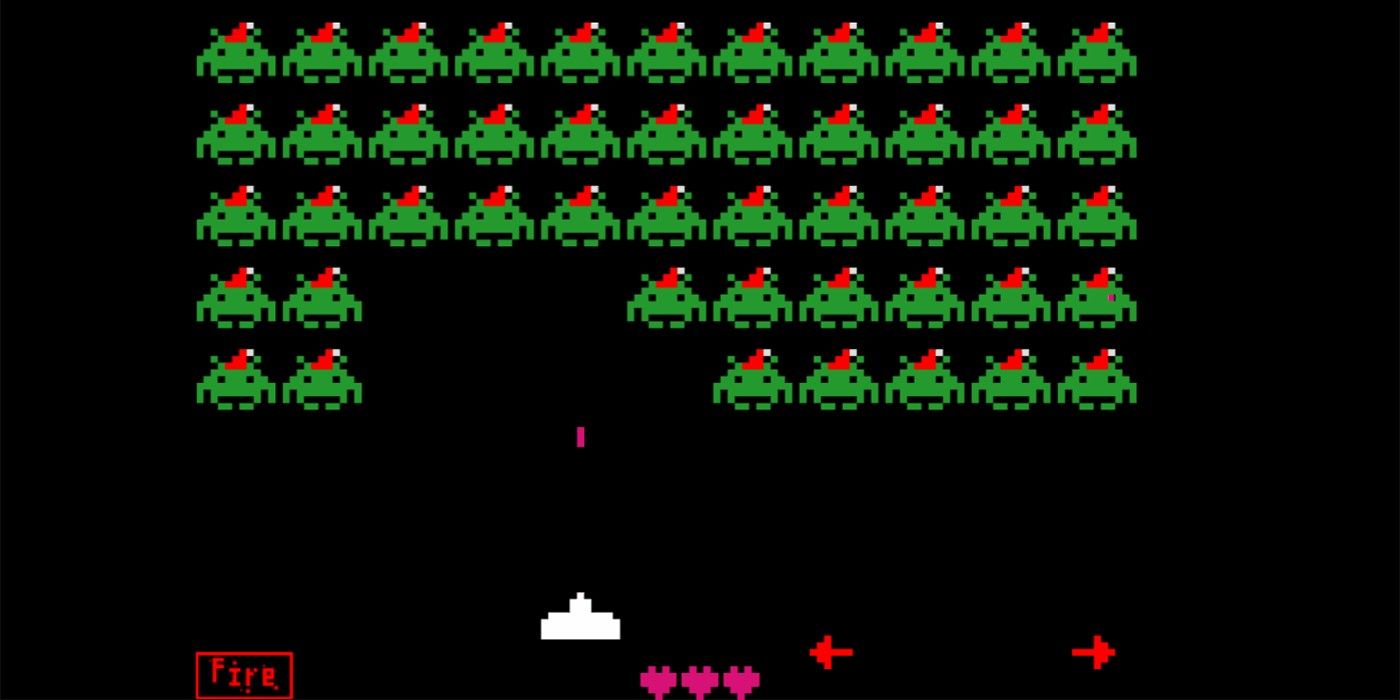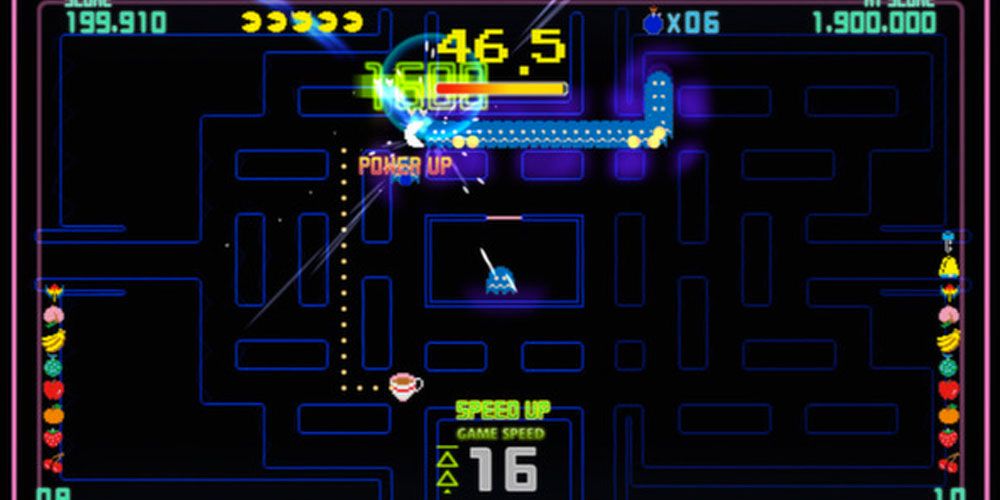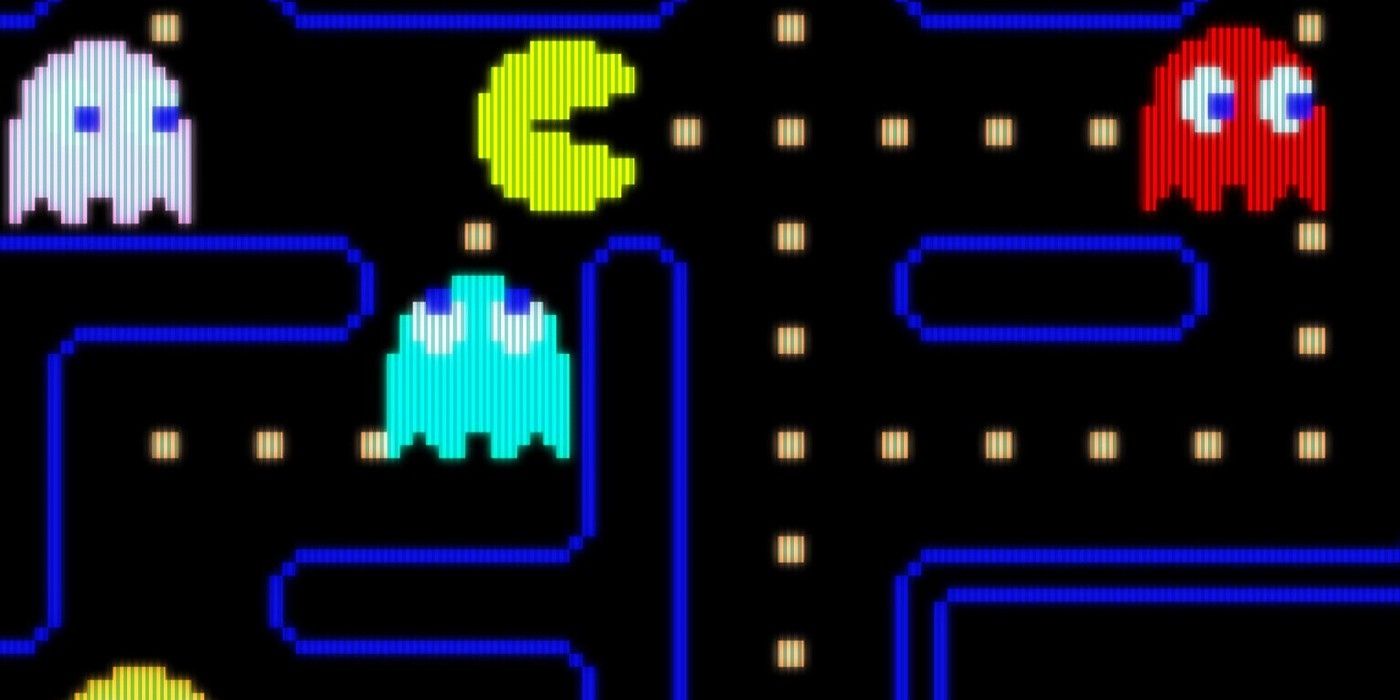There are few bigger names in gaming than the classic Pac-Man. The circular glutton himself has become an icon of the industry, starring in a myriad of titles. This dates back to the arcade sensation from 1980, and extends all the way to the modern era, with the vibrant, adrenaline-fueled revamp - Pac-Man Championship Edition 2.
As one might expect with a franchise so rich in history, there are a number of interesting factoids, trivia, and details surrounding the dot-chomping character.
Though there's no shortage of notable examples, this list will highlight 10 of the most fascinating and obscure things you probably never knew about Pac-Man.
10 The Story Behind Its Name
Many tend to know at least part of the story behind the oddly-named "Pac-Man" and its "puck-man" origins. A number of fans have heard of the reasonings behind the last-minute name-change from "puck man." This stemmed from developer concerns that the name would be defaced to resemble the English "f-bomb."
Yet, there's another layer to these origins - which can be traced back to the Japanese onomatopoeia term, "paku paku taberu." The first part is a reference to the mouth movement of opening and closing, while "taberu" means "to eat."
9 Google's Nods To Pac-Man
The world's largest and most popular technology company and search engine is certainly no stranger when it comes to Pac-Man easter eggs and tributes.
As part of the 30th-birthday celebration of Pac-Man in 2010, Google altered its logo to feature a graphic in the style of the arcade classic. Not only this, but the graphic could actually be played on its homepage.
In addition, the company creatively ran with an April Fool's bit in 2015 by implementing a Pac-Man icon on Google Maps which would allow the map to be playable Pac-Man style.
8 Perfecting Pac-Man
A common characteristic in arcade games is that they emphasize repetition and high-scores rather than "completion" in the traditional sense. Yet, it is technically possible to complete or "perfect" Pac-Man - a feat that was accomplished by pro-gamer Billy Mitchell. This was followed by the removal of his scores on account of an inauthentic Donkey Kong Score.
Since then, 7 other players have managed to reach the graphically glitchy, incompletable "kill screen" and obtain the maximum possible score. This score clocks in at a whopping 3,333,360.
The world record time to achieve it, according to gaming records aggregate Twin Galaxies, is held by David Race, with a completion time of 3 hours, 28 minutes, and 49 seconds.
7 Just Nine People Involved In Its Creation
The idea of a just a handful of people crafting one of the most iconic games is a surprising one - especially one as finely-tuned and complex as Pac-Man. In fact, the very first Pac-Man game, led by Toru Iwatani, was crafted from start to finish with a nine-man team, which took a year and five months to complete.
In an era where games are now often made by dozens of people, the fact that so few created one of the biggest names in gaming is impressive, to say the least.
6 The "Power Pellets" Were Originally Cookies
The larger dots scattered about the maze environments of Pac-Man are known as "Power Pellets," as well as "energizers." These take on the form as ambiguous circles, which give the hero his power to take out ghosts as they scurry away. They're also bold targets for the player to strive for whilst navigating the chaotic screens of the game. But exactly what are these things?
As it happens, they were originally meant to be cookies, and would come with graphics meant to represent these delightful sweets. It makes sense, given Pac-Man's clear love for candy.
5 An Originator Of Cutscenes In Games
Those brief cut-scenes that show the chases between Pac-Man and his pursuers make for some entertaining bouts of respite between levels. While they might seem rather simple now, they were certainly neat and innovative circa 1980. In fact, Pac-Man was among the first game ever to implement these non-playable cutscenes, which would help convey a narrative and inject some character into the experience.
4 A Response To The Onslaught Of Shooters
It's often the case that art and entertainment is molded by society - even serving as a direct response to trends or traits of the time. This is certainly the case with Pac-Man, which was meant to draw a larger female audience at a time when male players very much dominated the scene.
Moreover, the game was meant to take on a more passive and less-violent quality. Pac-Man's goals of consuming dots and navigating mazes stand as a stark contrast to the many titles emphasizing shooting at the time, such as Space Invaders.
3 The Designer Made Only One Other Pac-Man Game
Despite the countless iterations of Pac-Man - which has hit well over 30 - the original game's designer played a direct role in design and development in just two Pac-Man games.
After working on other major hits such as Galaga, Pole Position, and Ridge Racer, Toru Iwatani would come full circle to help craft only his second Pac-Man title ever, Pac-Man Championship Edition for Xbox 360. The game largely adheres to the core formula of the original arcade romp, while revving up the action, detail, and visuals.
2 The Intricacies Of The Ghosts
A large factor in the 18-month development time of Pac-Man lies in the intricacies of the famed ghosts, which comprise four distinct personalities. This doesn't mean personalities in the narrative sense, but also - in the way they actually behave and move in the game.
The red ghost, Blinky, is considered the leader of the ghosts, and more-or-less directly follows Pac-Man around. The female ghost, Pinky, is a bit more astute, anticipating where Pac-Man is likely to move and meets him at these spots to ambush him. Inky, the cyan ghost, is described as being fickle and unpredictable, acting as something of a hybrid between Blinky and Pinky.
Clyde, the orange ghost, is an interesting character. He will often chase Pac-Man around, but will lose interest and wander off to his home corner when getting too close. Each of their distinct colors conveys which is which and exactly how they'll act.
1 The Most Successful Coin-Operated Game
It's perhaps not too surprising that one of the arcade-game originators is also one of the most successful. But as it happens, Pac-Man has achieved an impressive milestone of being the most successful coin-operated arcade machine to date. Developer Namco can now boast well over 290,000 arcade machines installed worldwide.
This record has been cemented thanks to the Guinness World Records: Gamer's Edition 2008.

